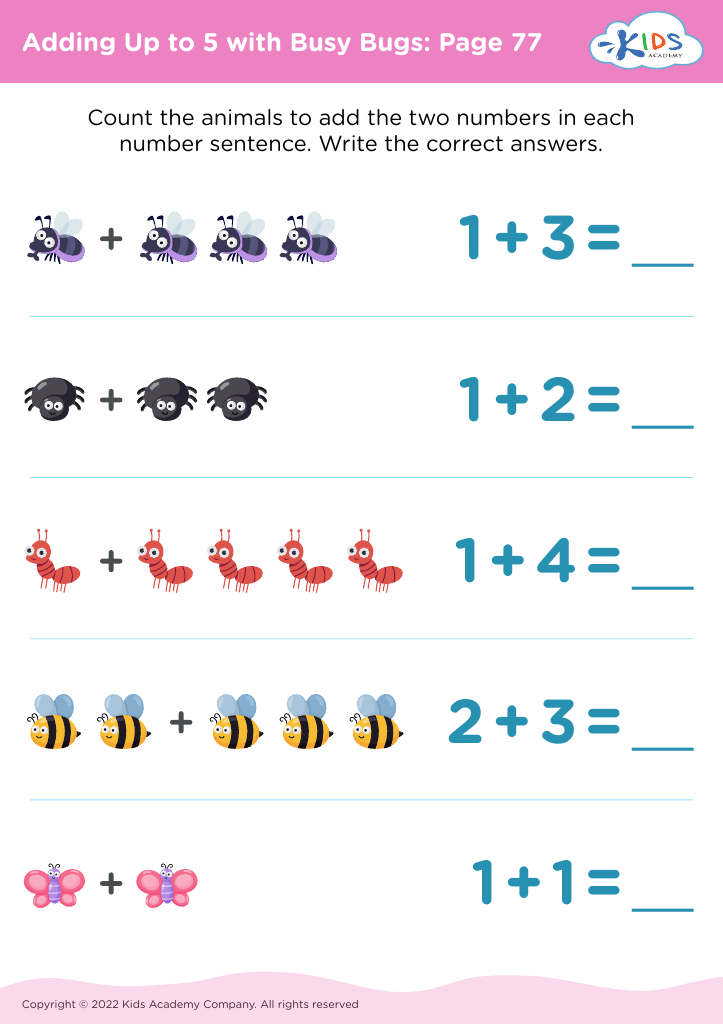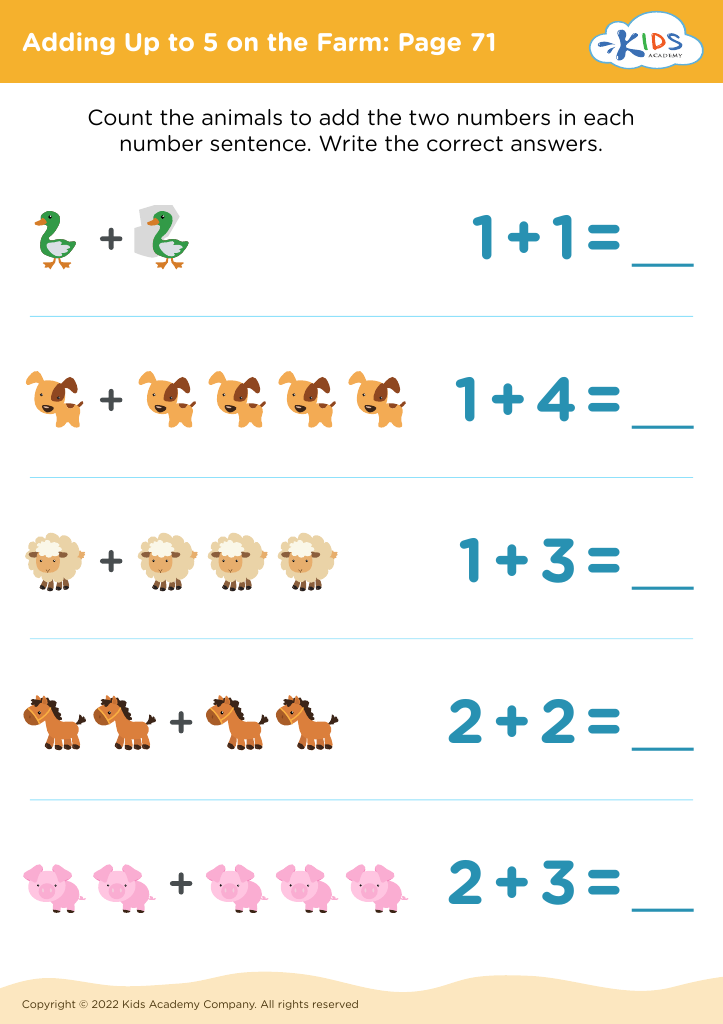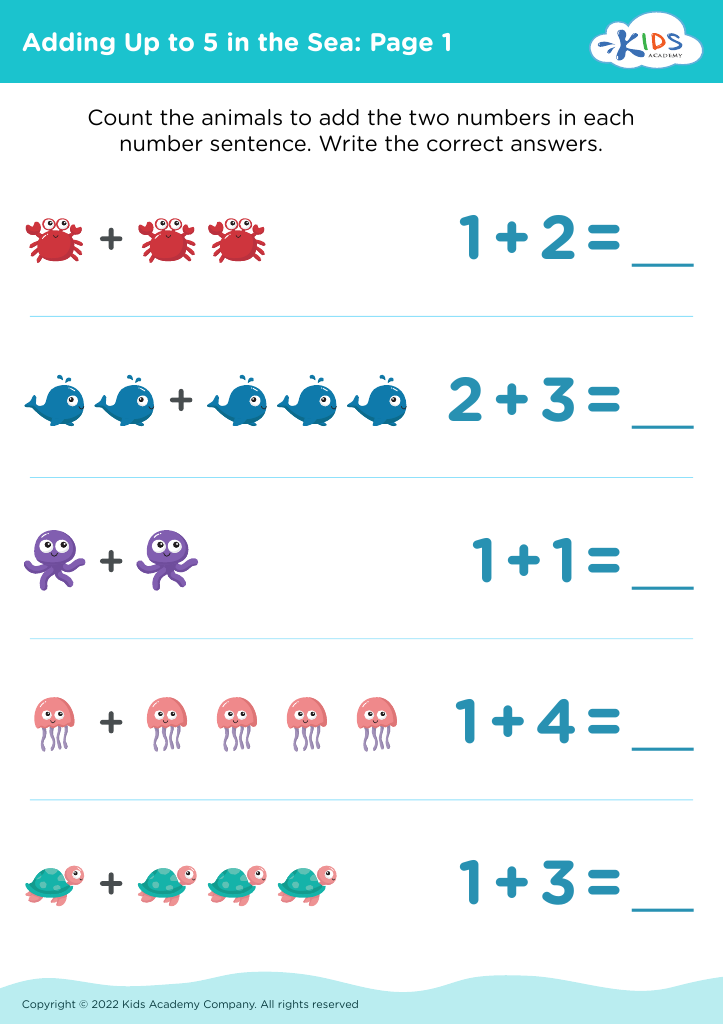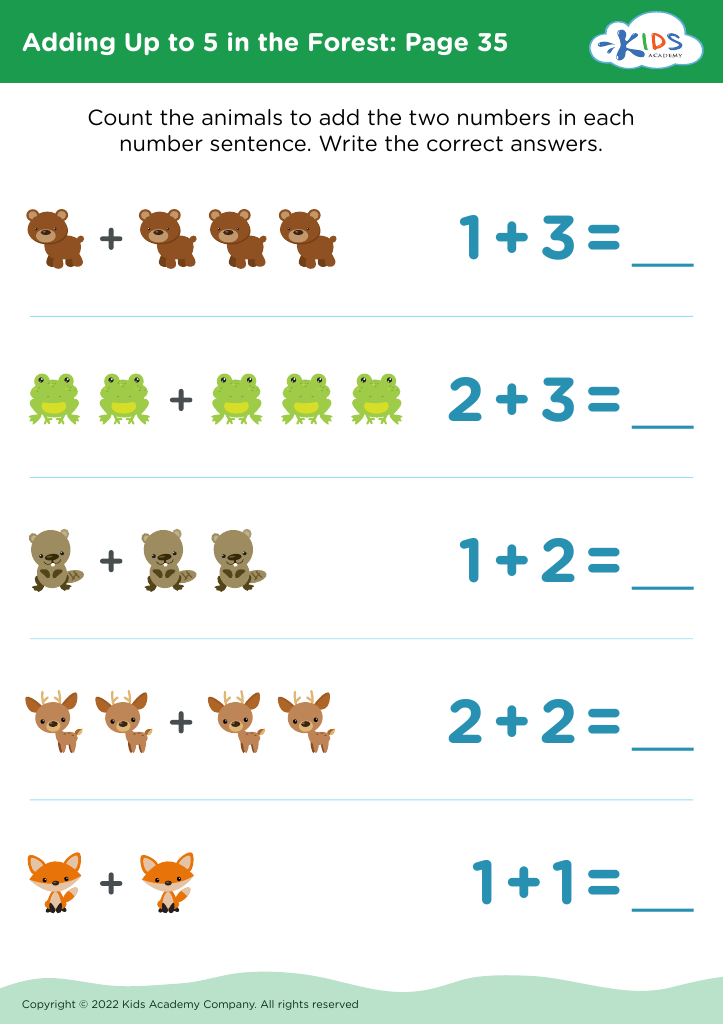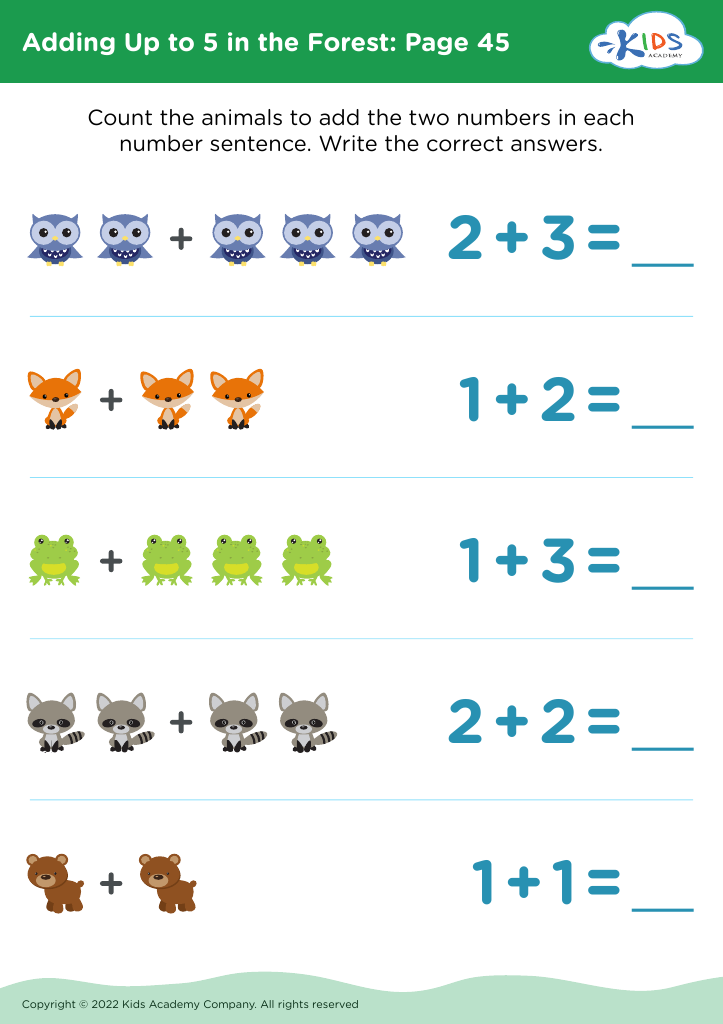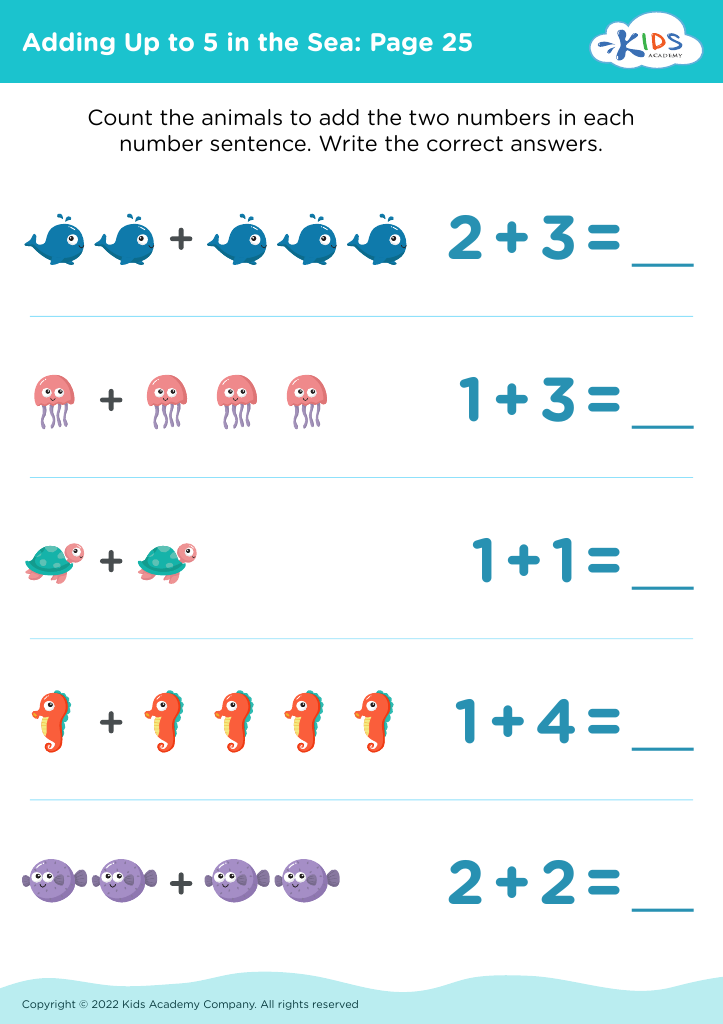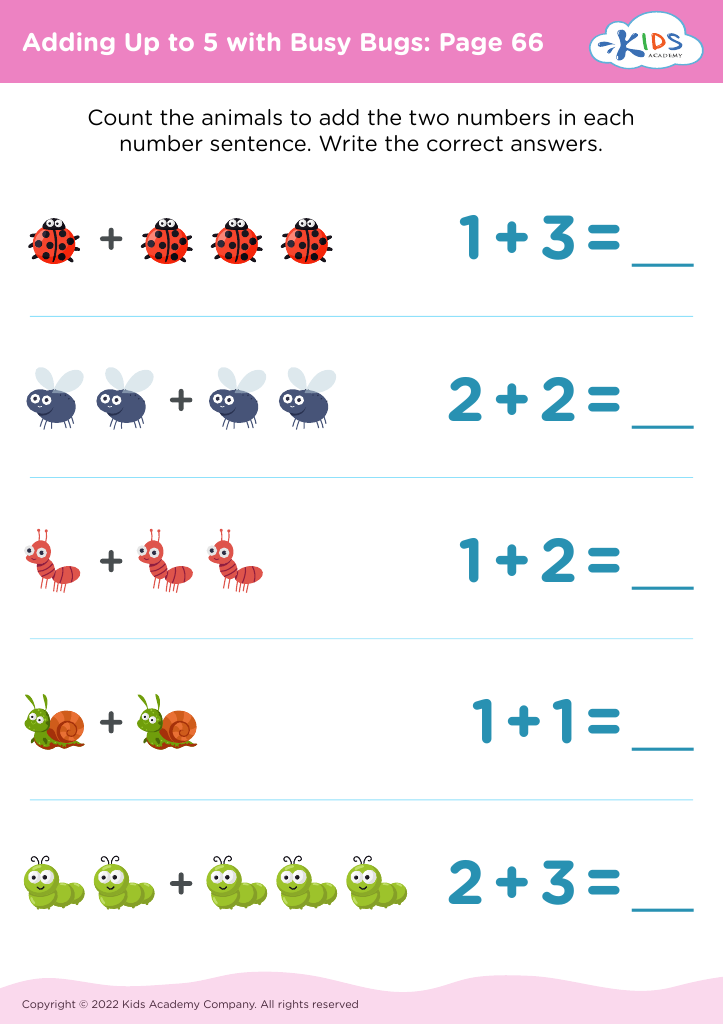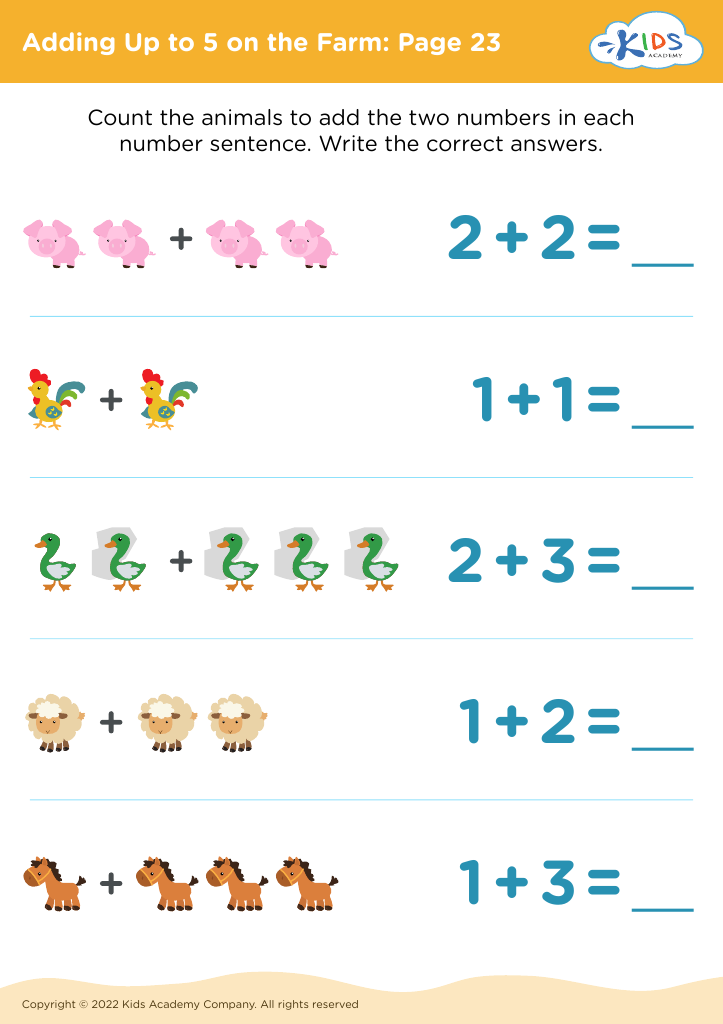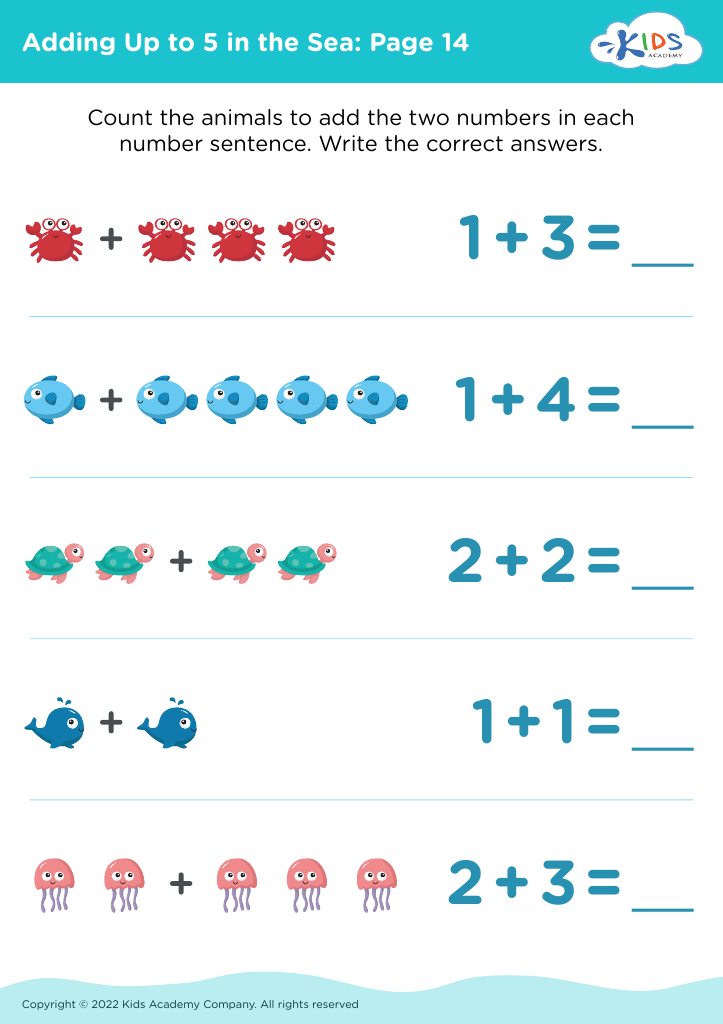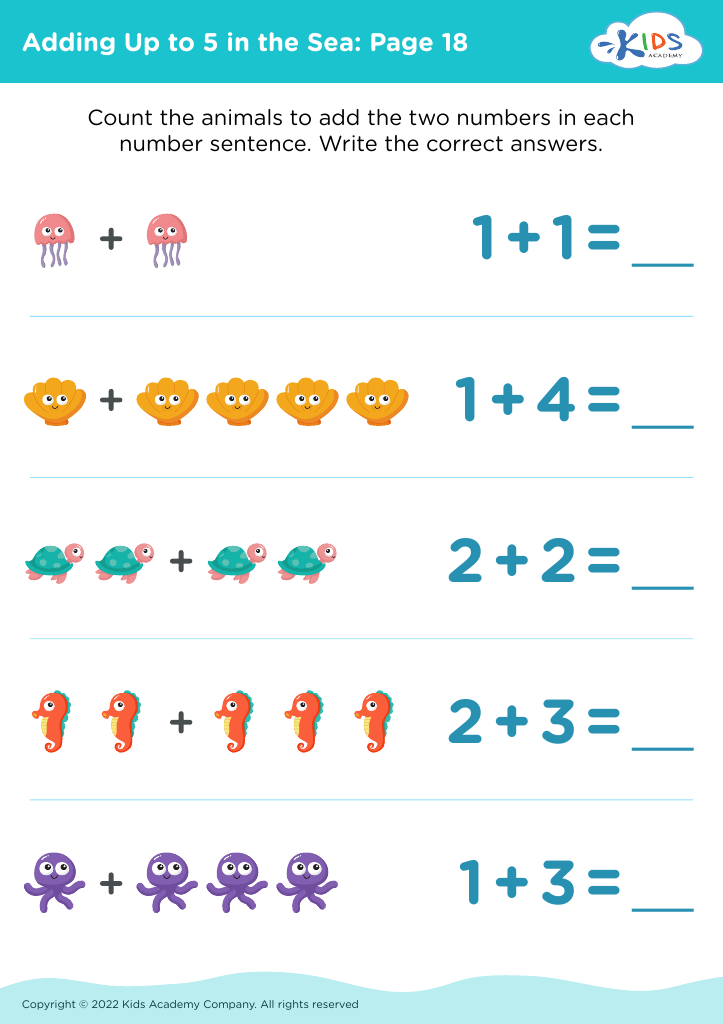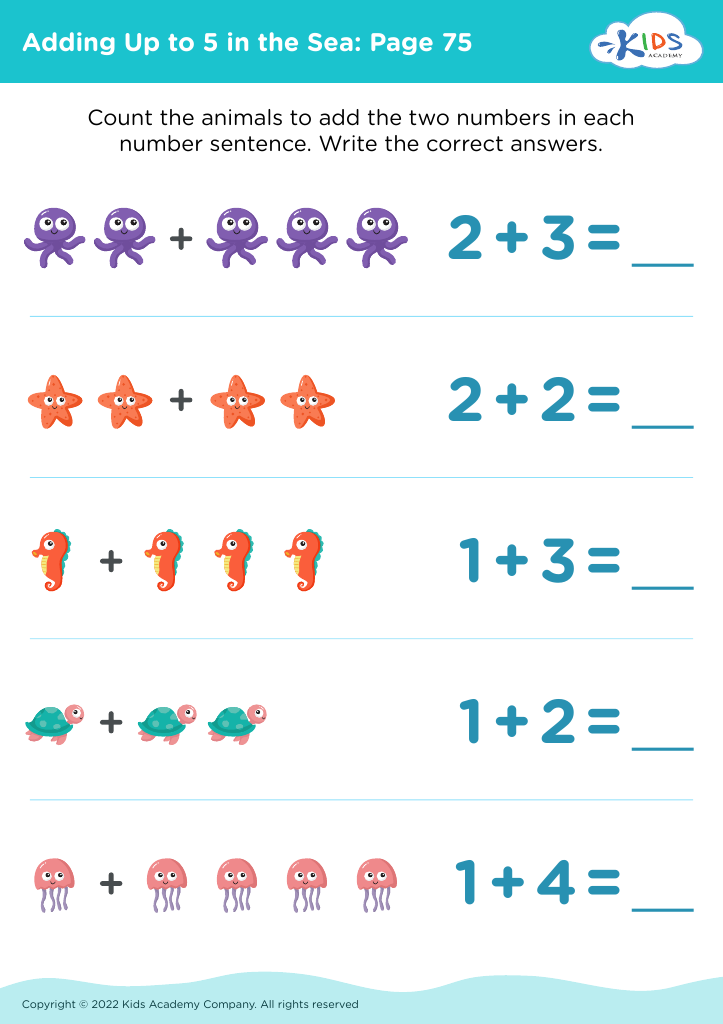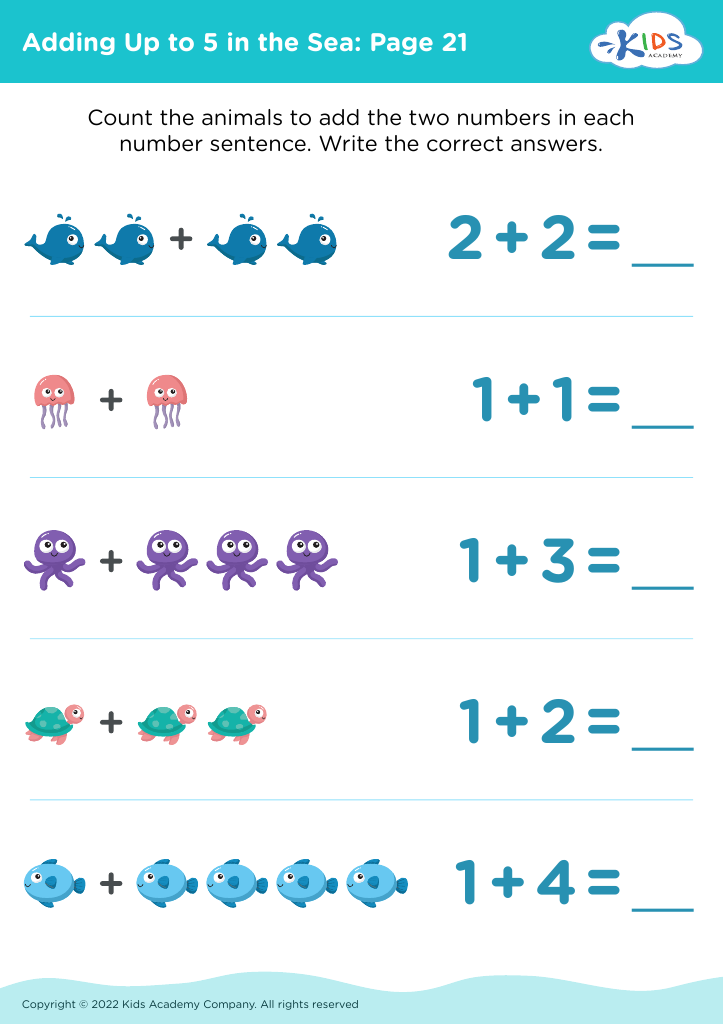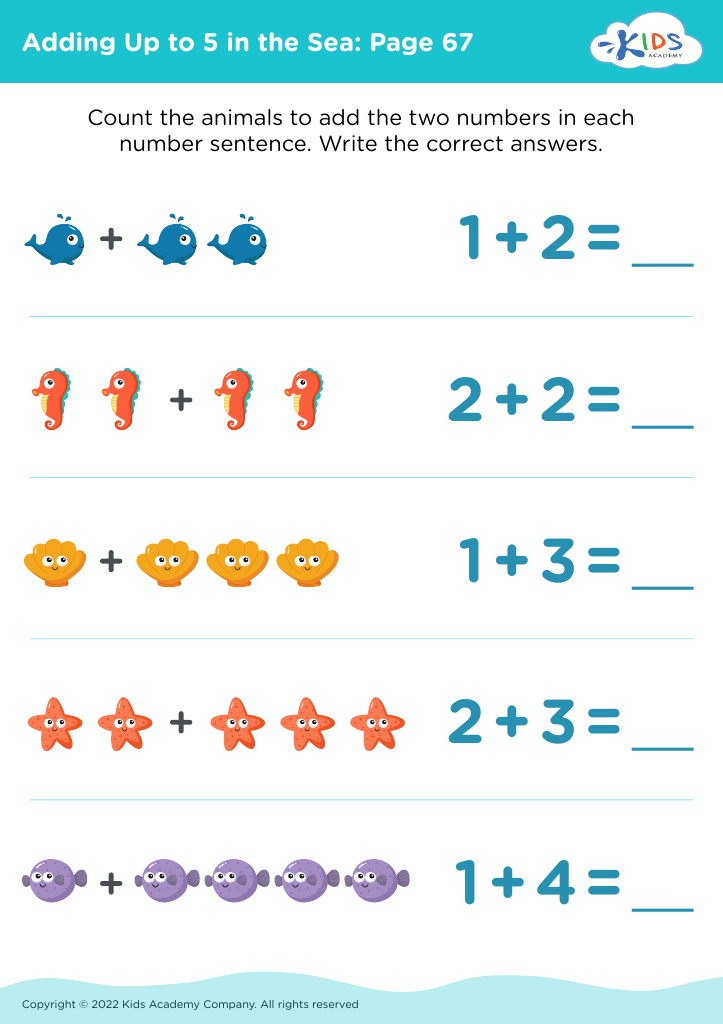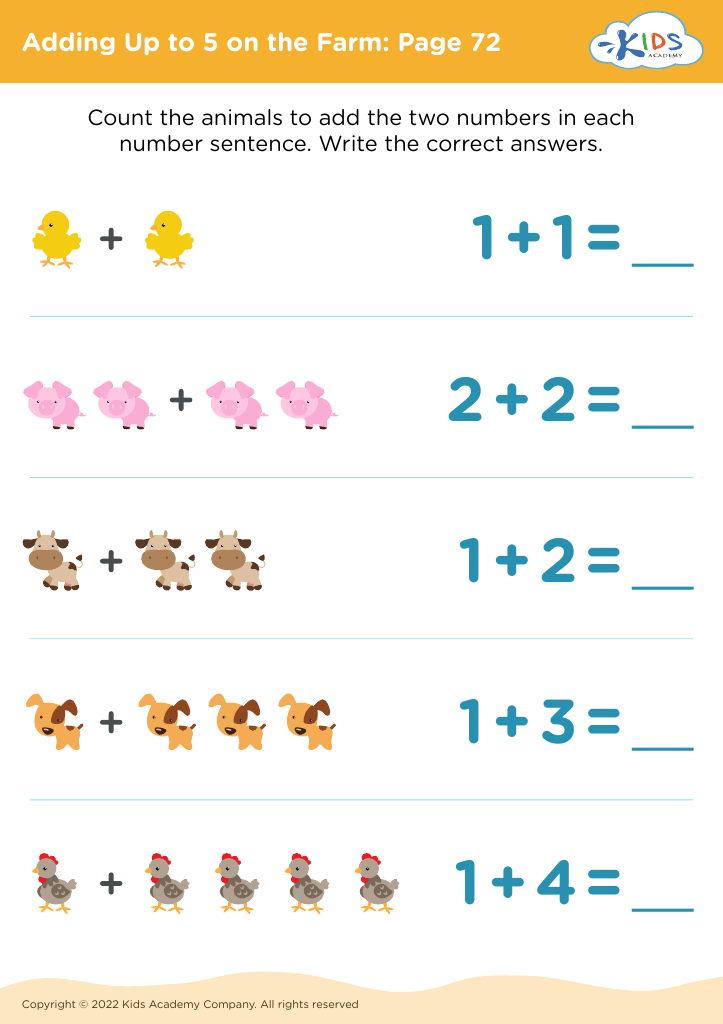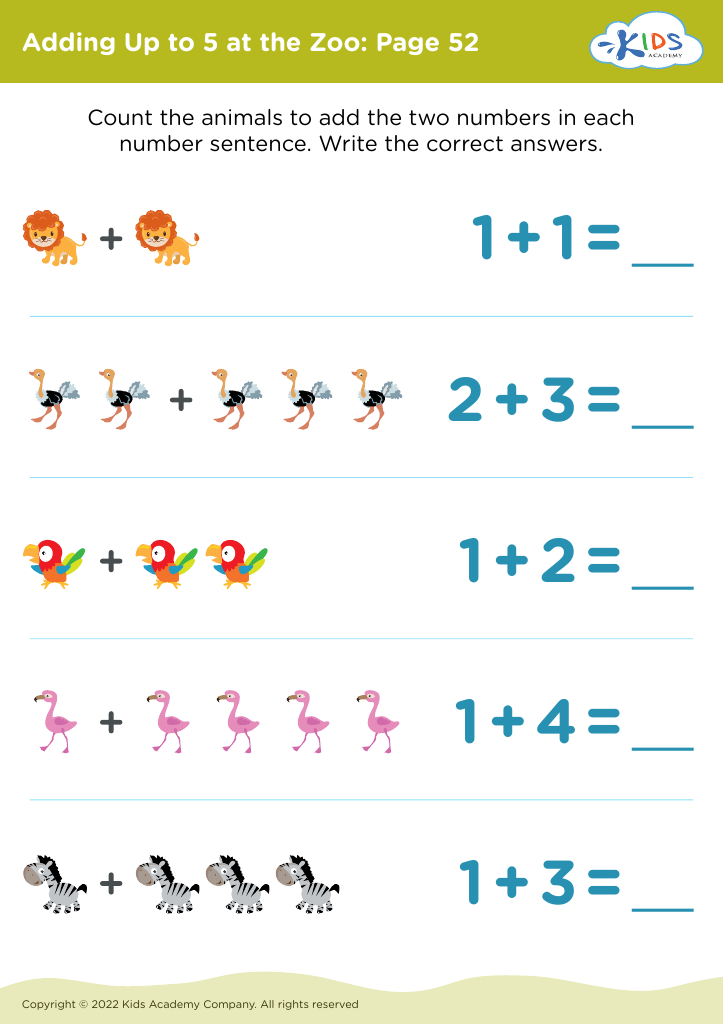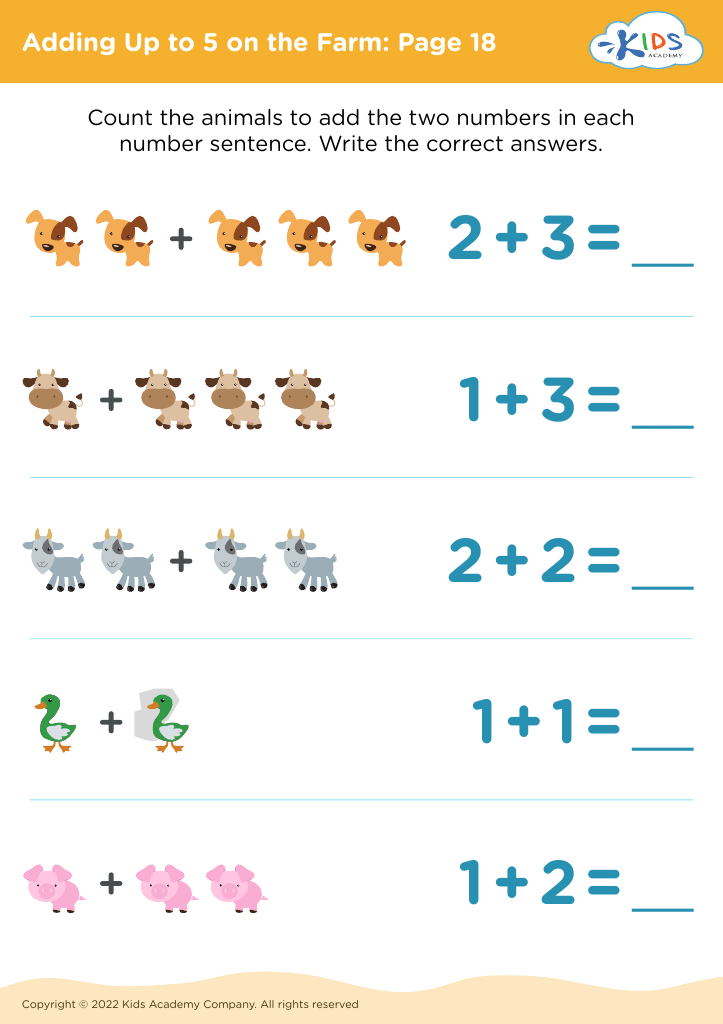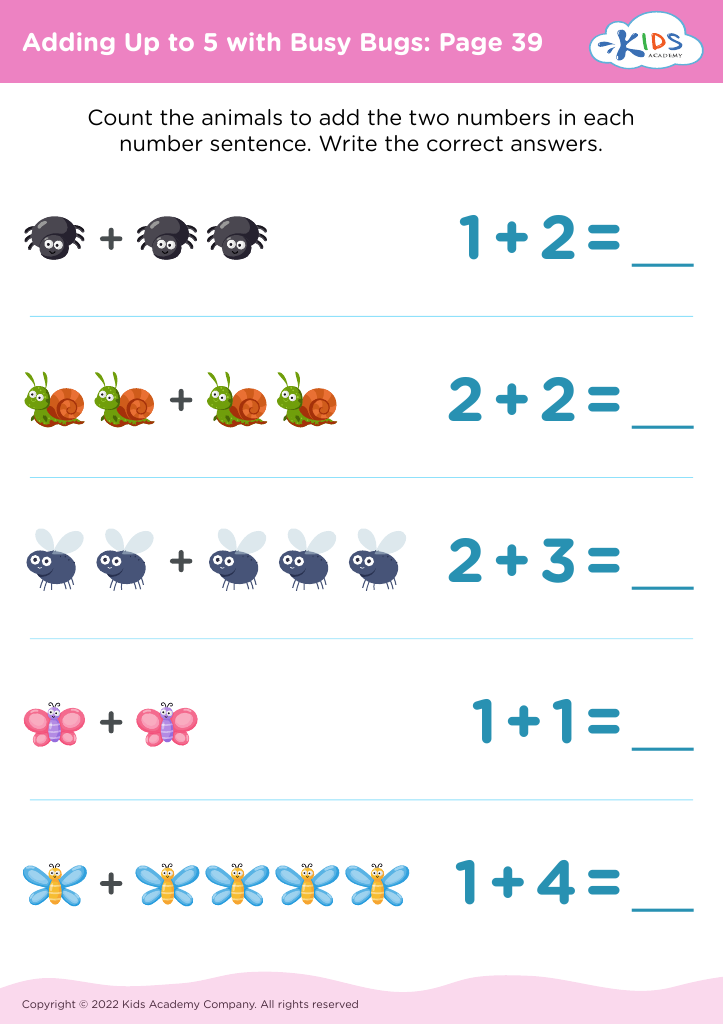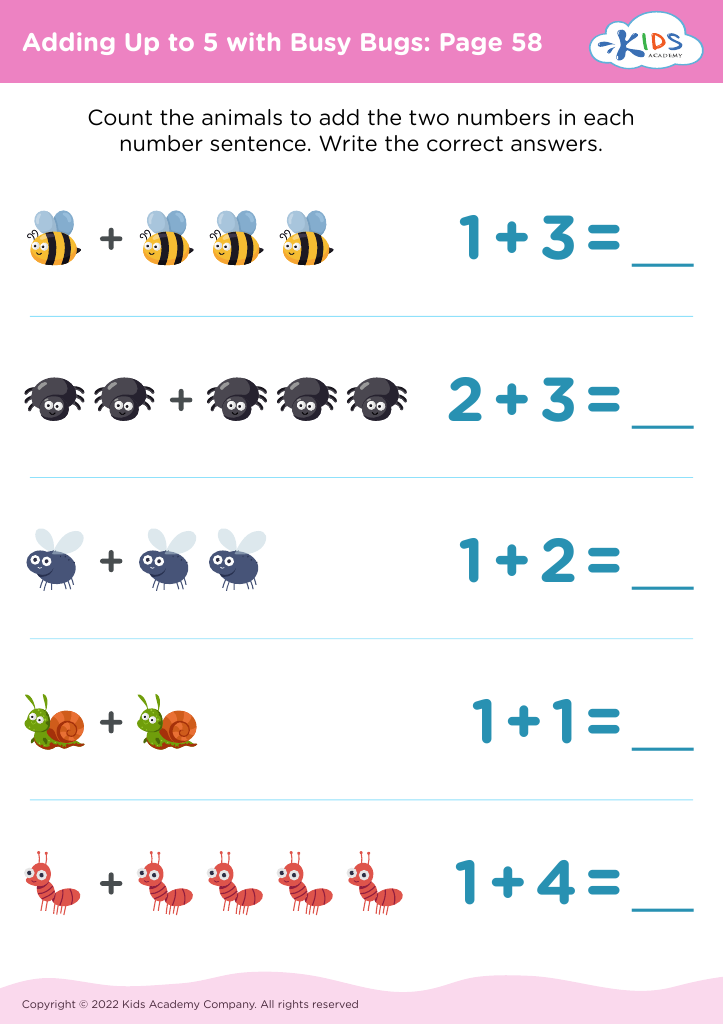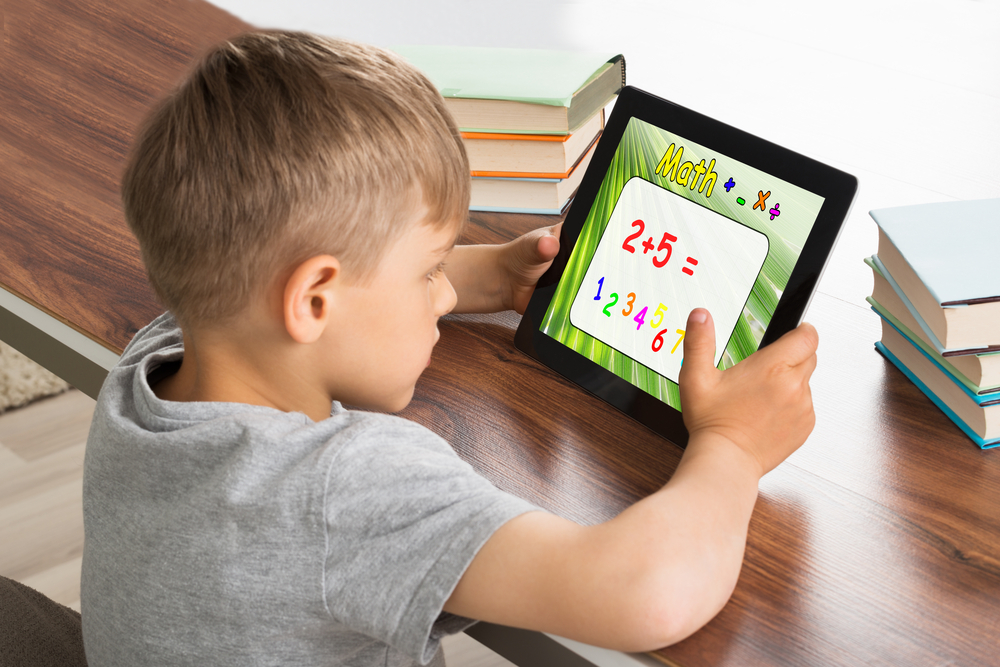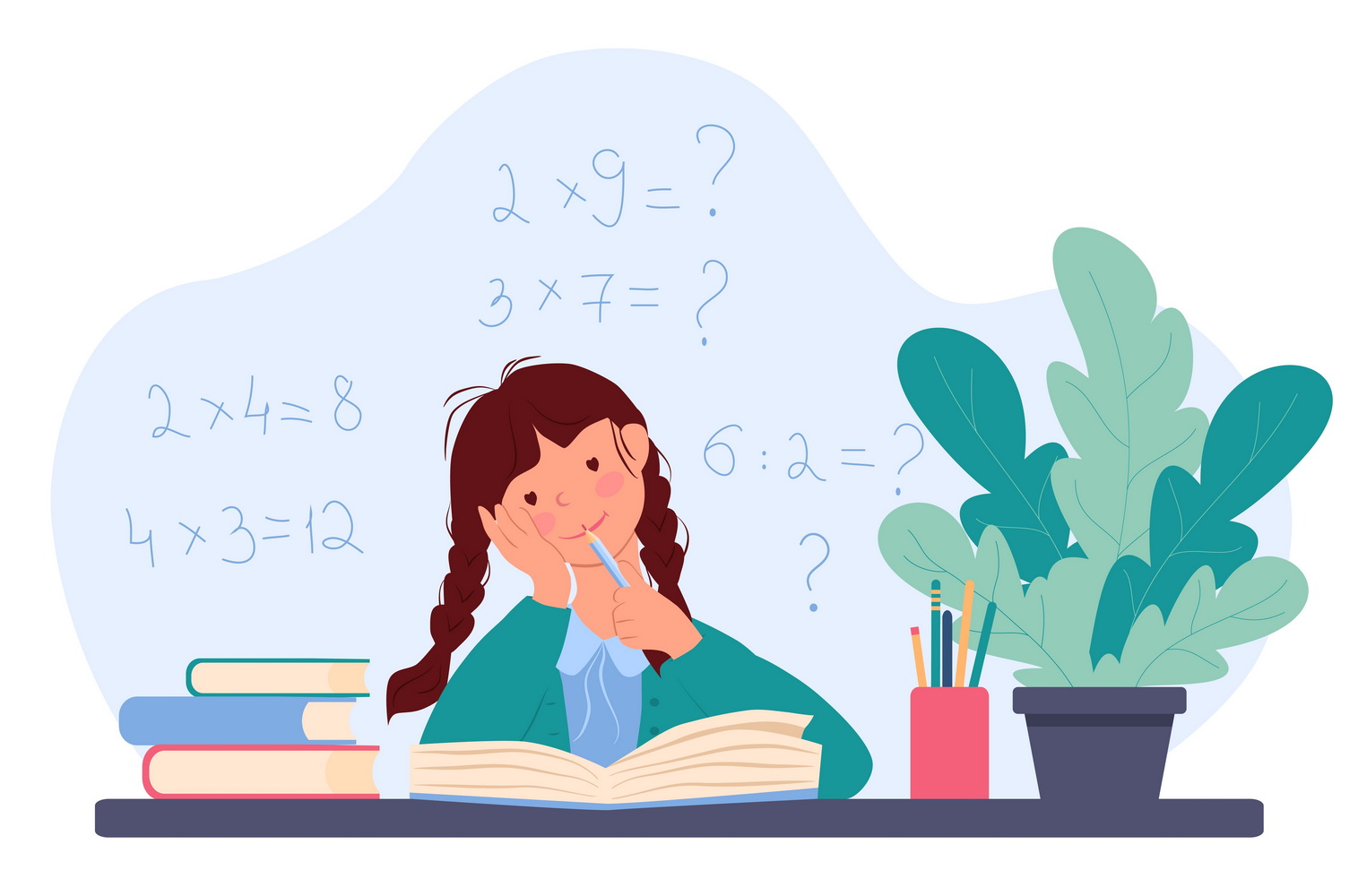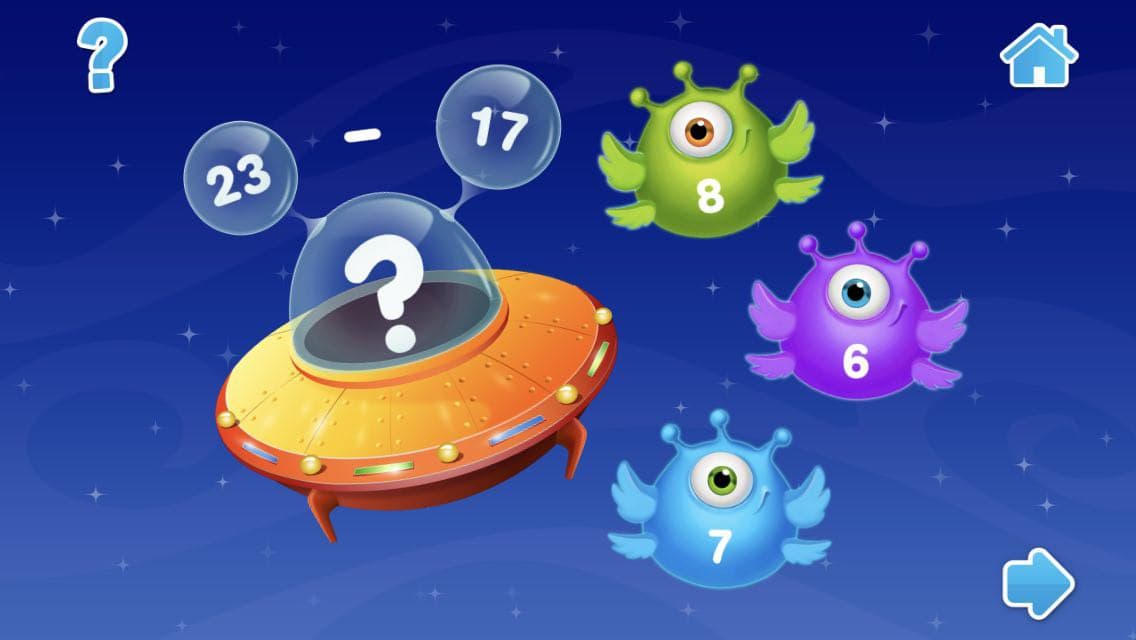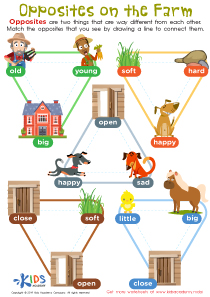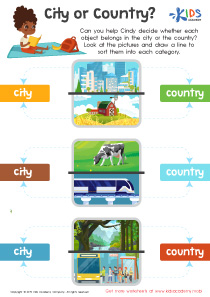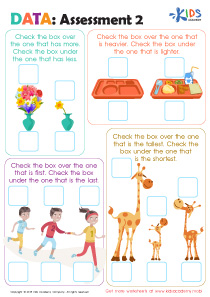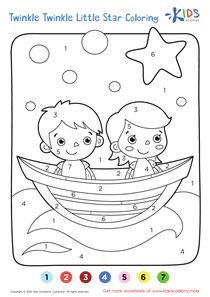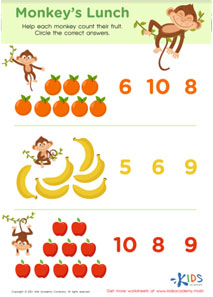Visual Learning Math Worksheets for Ages 5-6 - Page 2
96 filtered results
-
From - To
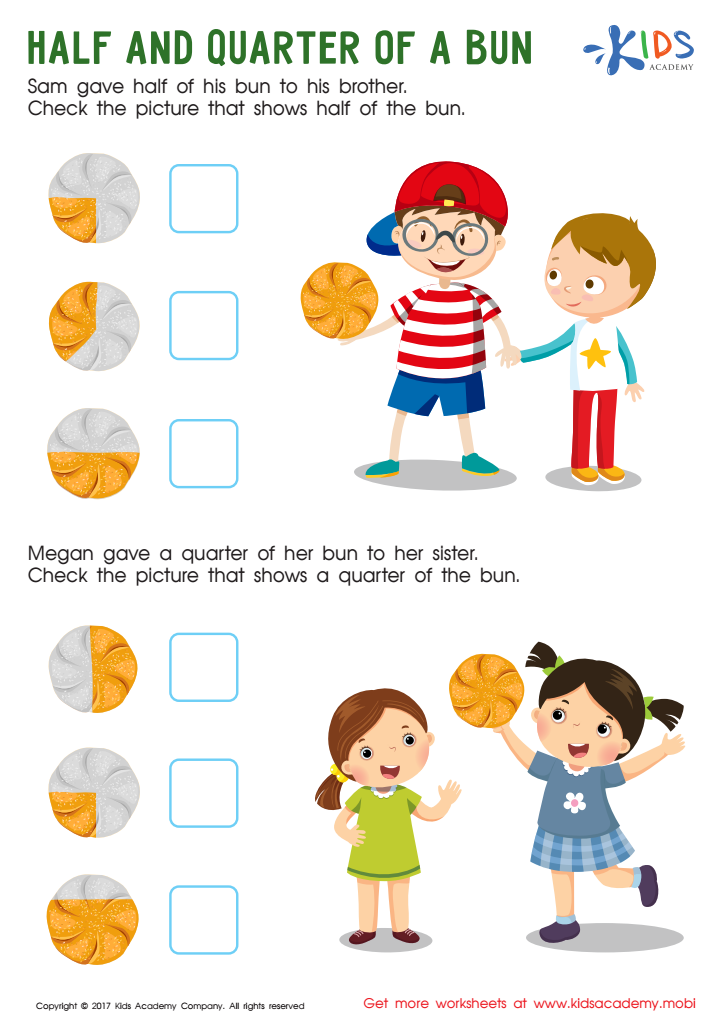

Half and Quarter of a Bun Worksheet
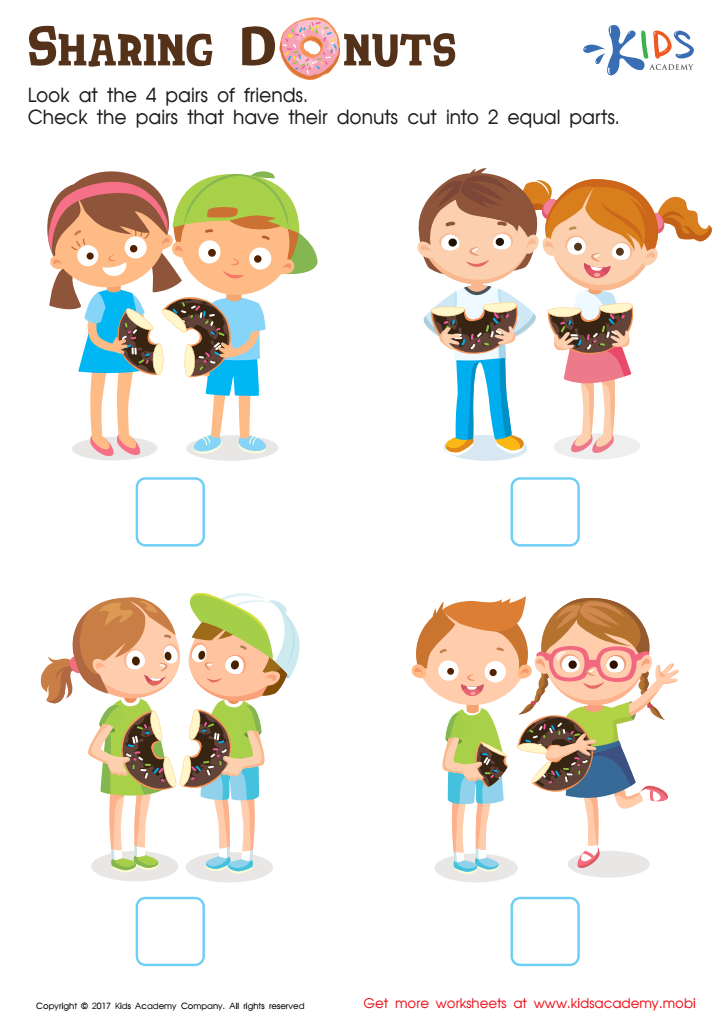

Sharing Donuts Worksheet
Visual Learning Math for ages 5-6 is a crucial tool for early childhood education because it leverages young children's innate ability to understand and analyze visual information. At this developmental stage, children are highly receptive to images, shapes, and patterns, making visual learning an effective approach to introducing math concepts.
Visual aids, such as colorful diagrams, interactive charts, and engaging story problems, can simplify complex ideas, making them more accessible and memorable. For instance, visual representations of numbers and their relationships help children grasp basic operations like addition and subtraction with greater ease. By connecting abstract numerical concepts to concrete visual objects, young learners can build a solid foundation in math.
Additionally, visual learning supports various learning styles. Some children may find traditional text-based math lessons challenging, but can excel when the same concepts are presented visually. This inclusive approach ensures that every child has the opportunity to succeed.
Furthermore, early exposure to visual math fosters critical thinking and problem-solving skills. It encourages children to observe, compare, and deduce, which are essential for academic success and everyday life. Providing a strong mathematical foundation during early learning years also prepares children for more advanced studies, diminishing future math-related anxieties.
In summary, Visual Learning Math engages young learners in a meaningful and effective way, catering to their developmental needs and equipping them with essential skills for lifelong learning.

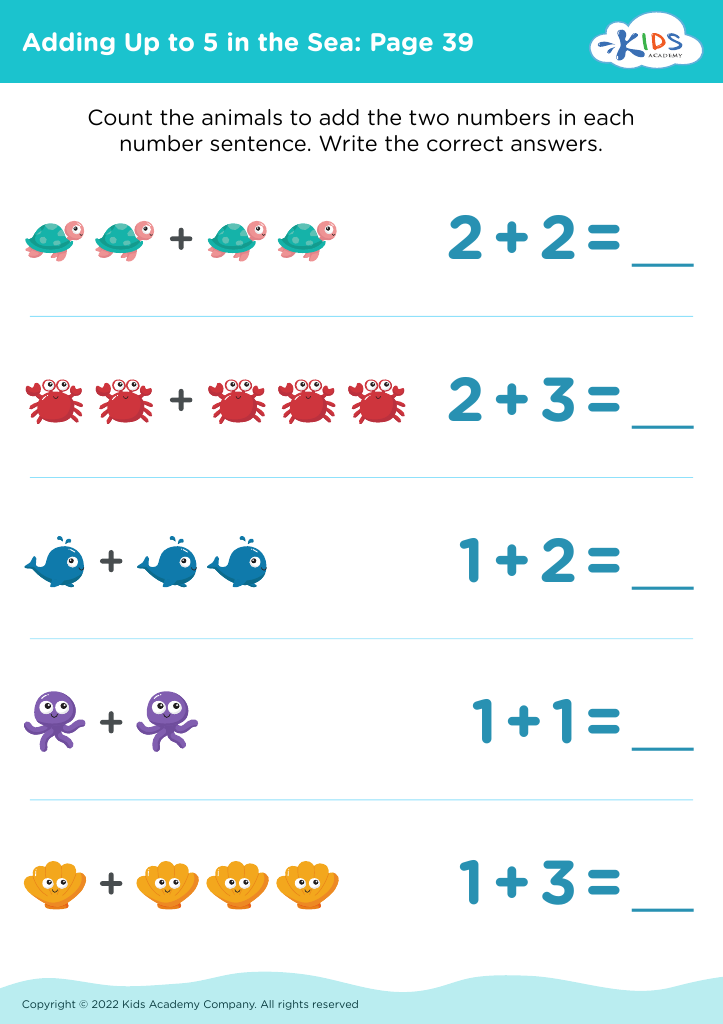
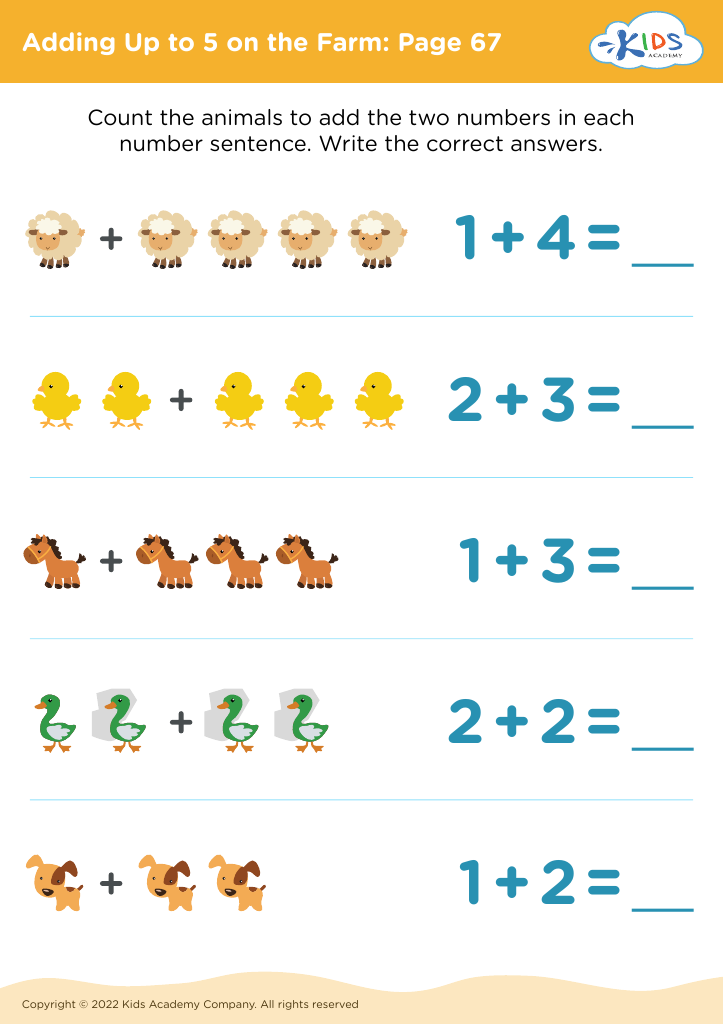
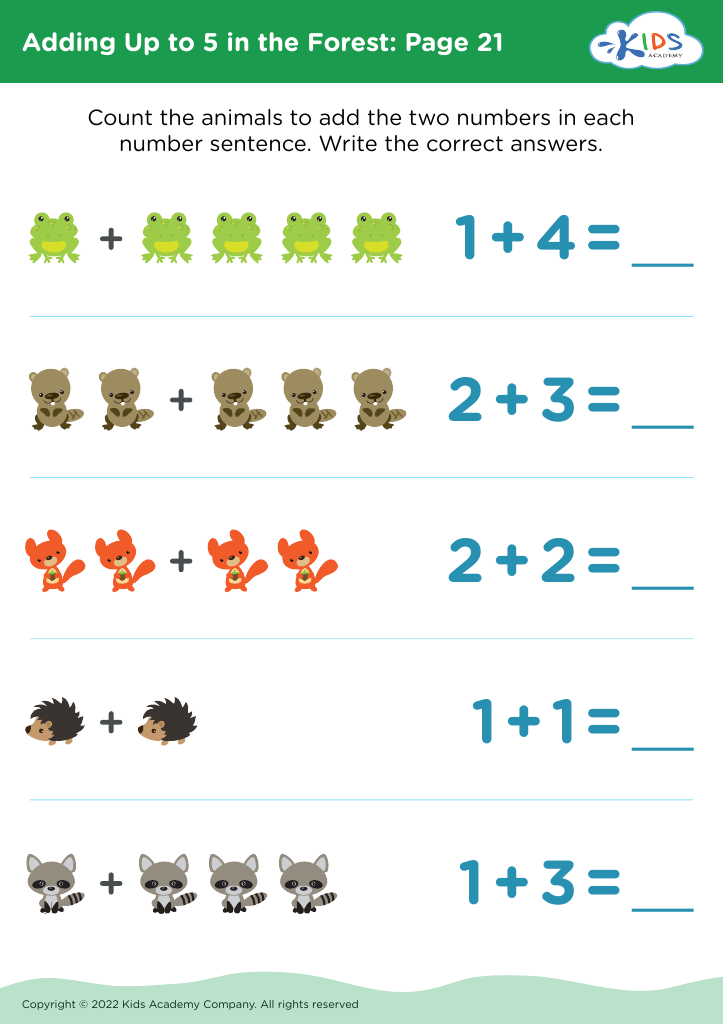
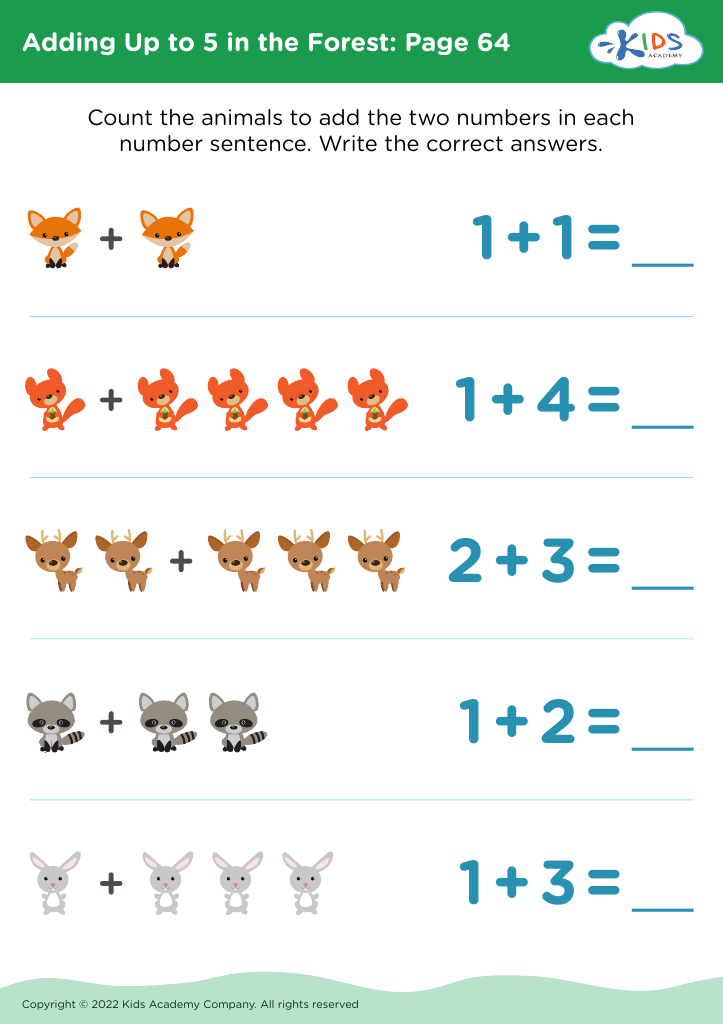
 Assign to My Students
Assign to My Students
